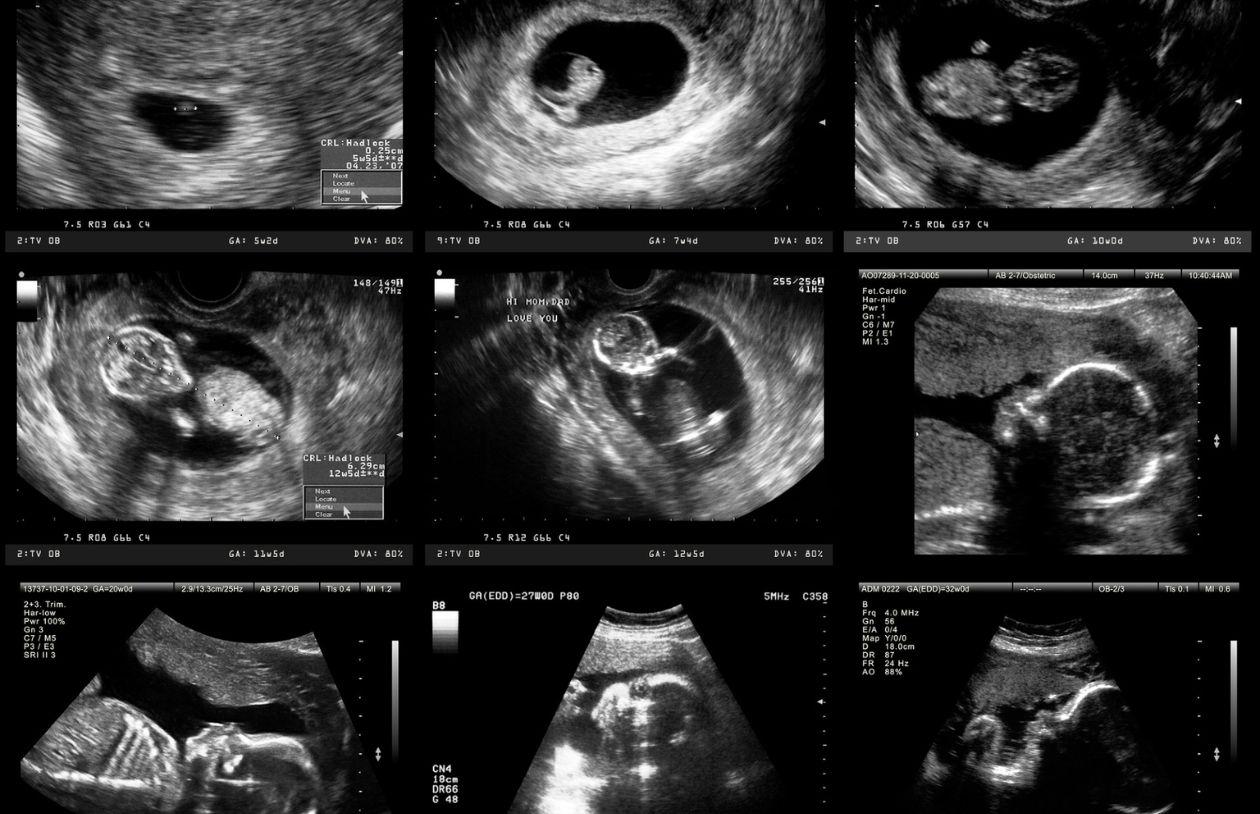University of Houston Associate Professor of Pharmacology Mingfu Wu has been awarded $2.6 million from the National Heart, Lung, and Blood Institute to further his research on how the heart forms in the womb. The findings may lead to the development of new medicines to fight left ventricular non-compaction, also known as spongy heart disease. Most patients with spongy heart disease will require heart transplants.
Wu will focus on tiny tube-like structures, called signaling bridges, discovered by his team. These structures help cells communicate over long distances during the heart’s formation.
Heart morphogenesis, or development of the heart, starts early in pregnancy, around the third week after conception. While it develops in utero, so can heart diseases. In previous research Wu found the absence of a certain gene, called Itgb1, may cause inability in the developing heart to maintain its shape and develop normally, causing a spongy heart, so called because the lower left chamber of the heart appears thick and spongy instead of smooth and firm.
Cell communication
During heart development, effective communication between two critical layers—the myocardium, the outer muscle layer, and the endocardium, the inner lining—is essential for proper formation. Though the two layers are separated by a soft, jelly-like layer, their communication is crucial, especially for forming the inner ridges, called trabeculae. Trabeculae are sheet-like structures inside the heart that increase surface area to support blood flow while the coronary system is still forming.


Perhaps nothing in the formation of the heart is more important than the trabeculae which helps the heart pump blood. Lack of trabeculation causes embryonic demise, and excess trabeculation causes a spongy heart with a mortality rate ranging from 5% to 47%.
So crucial and so misunderstood
Despite its clinical importance, the development of trabeculation and communication among cells forming it, is not fully understood, but in the Wu UH College of Pharmacy lab, the answers are being uncovered.
“Cells can communicate with each other in two ways: by directly touching each other or by sending messages over a distance. When they aren’t directly connected, cells can send signals through special molecules, like messengers that float between them,” said Wu.
Finding the signal
“Via genetic labeling, electron microscopy and cryogenic-EM, our preliminary data show a nanotube-like microstructure, (signaling bridge) extends from cardiomyocytes across cardiac jelly to reach endocardial cells temporally and these signaling bridges are sufficient to activate Notch signaling,” said Wu. Notch signaling is a way cells communicate to control various processes, like how cells grow and develop.
“The discovery of signaling bridges and their functions in vivo opens new avenues for understanding intercellular interaction during cardiac morphogenesis,” said Wu, who adds there is still much work to be done.
“Successful completion of this study will expand our understanding of the etiology of trabeculation defects and, ultimately, the etiology of LVNC, thereby providing a base for developing new therapeutic strategies for mitigating LVNC,” he said.
